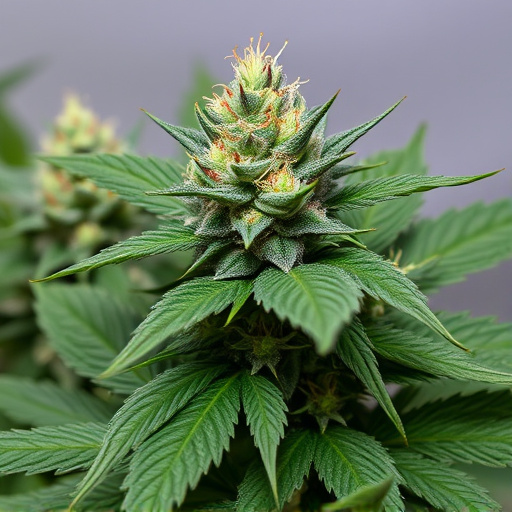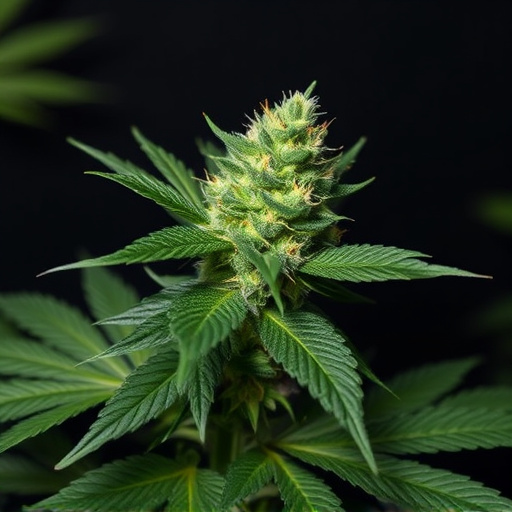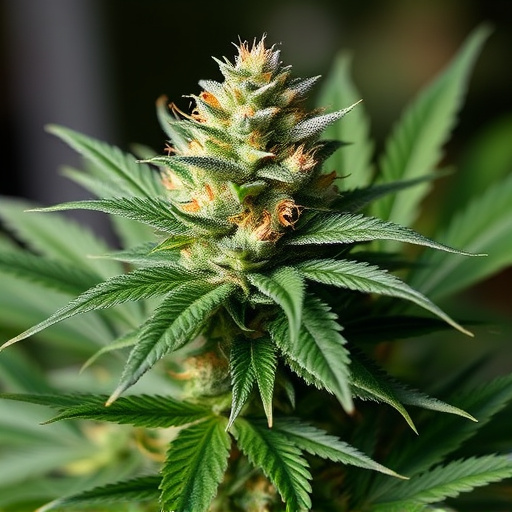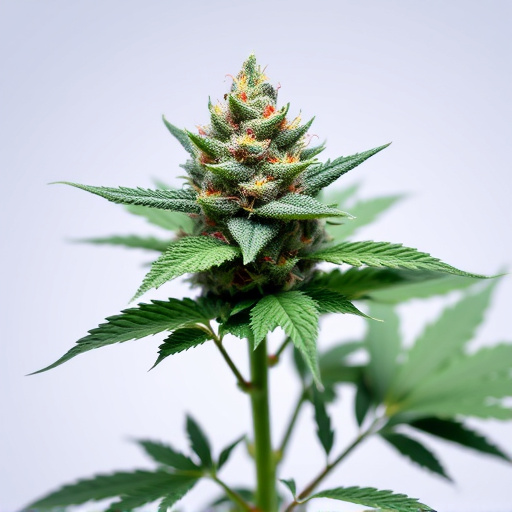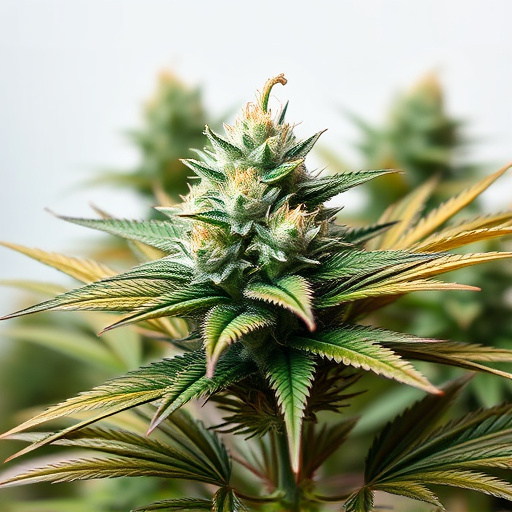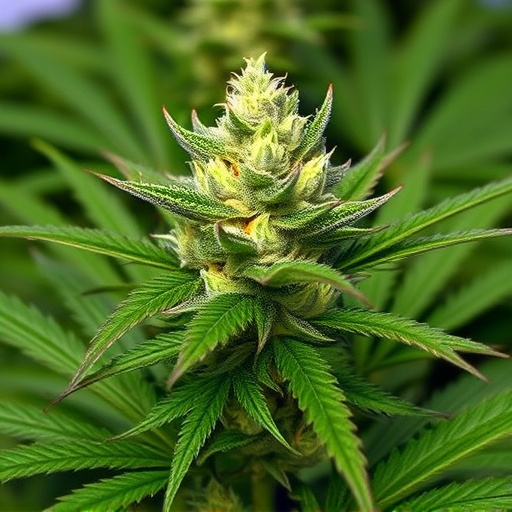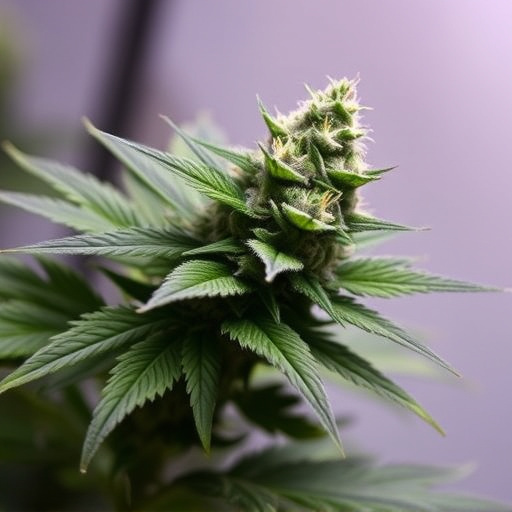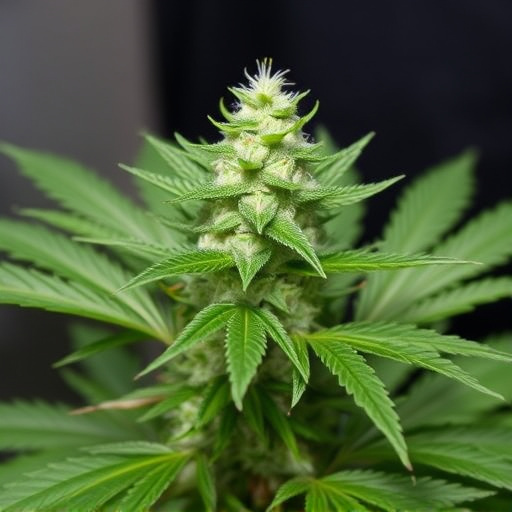The genetics of cannabis plants are pivotal in determining their quality and potential as one of the best cannabis strains globally. Unique genetic traits influence aroma, flavor, potency, and effects, with terpenes—aromatic compounds that interact with cannabinoids—playing a key role. Cultivators breed specific varieties to enhance desirable characteristics, resulting in exceptional, high-quality, flavorful buds catering to diverse consumer preferences. Understanding a strain's genetic background is crucial for cannabis enthusiasts seeking top-quality products, as genetic diversity offers a vast array of profiles to meet various market demands, ensuring a dynamic industry with something exceptional among the best cannabis strains in the world.
Discover the intricate factors that define the quality of weed with our comprehensive guide. From the genetic makeup and terpene profiles that shape aroma and effects, to cultivation techniques and environmental nuances that influence production, every step matters. Explore optimal growing methods—from organic to hydroponic—and learn how climate, soil, and light cycles play a pivotal role. We also delve into the art of harvesting, curing, and post-harvest processing, including expert tips for trimming and drying. Uncover the secrets behind the best cannabis strains in the world and their unique terpene combinations.
- Genetics and Terpene Profile
- – The role of cannabis genetics in determining quality
- – How terpenes influence the aroma, flavor, and effects
Genetics and Terpene Profile
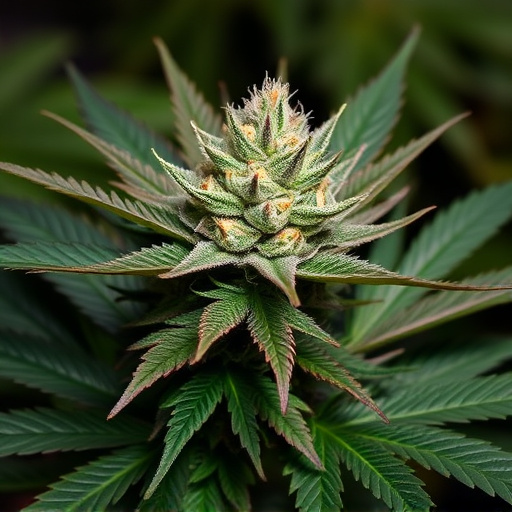
The genetics of a cannabis plant play a pivotal role in determining its quality and potential as one of the best cannabis strains in the world. Each strain possesses unique genetic traits, which influence its aroma, flavor, potency, and overall effect. By carefully breeding specific varieties, cultivators can enhance desirable characteristics, resulting in exceptional cannabis with distinct profiles. For instance, some strains may inherit a robust terpene profile, adding layers of complexity to their scent and taste. Terpenes, aromatic compounds produced by the plant, not only contribute to the pleasant aromas associated with cannabis but also interact with cannabinoids, modulating the desired effects.
The combination of genetics and terpene harmony is what often sets apart exceptional strains from ordinary ones. In the quest for the best cannabis strains globally, cultivators strive to unlock these genetic potentialities, ensuring plants produce high-quality, flavorful buds that cater to diverse consumer preferences.
– The role of cannabis genetics in determining quality
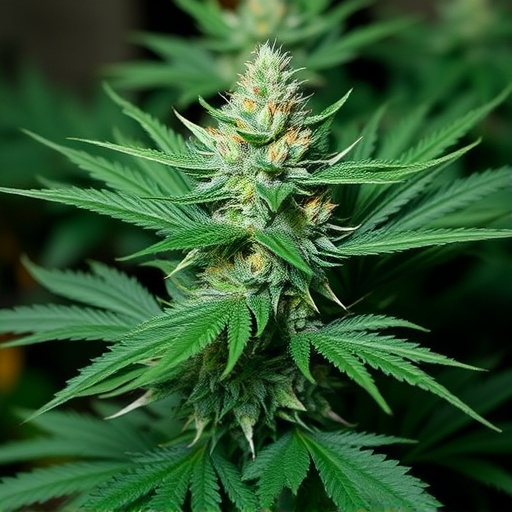
Cannabis genetics play a pivotal role in determining the quality of weed, influencing key attributes that cannabis enthusiasts seek. The best cannabis strains in the world often owe their exceptional profiles to carefully cultivated genetic lineages, which can enhance or alter traits such as flavor, aroma, THC and CBD content, and effects. Breeders meticulously select parent plants with desirable genetics to create new varieties that offer unique combinations of these characteristics. Understanding a strain’s genetic makeup provides insights into its potential impact on the user experience, making it an essential factor for those seeking top-quality cannabis.
Genetic diversity within cannabis allows for a wide range of expressions, from fruity and floral notes to earthy and spicy profiles, each appealing to different preferences. This diversity also contributes to variations in potency and effects, ranging from uplifting and energizing to calming and relaxing sensations. By harnessing the power of genetics, cannabis cultivators can produce strains that cater to specific market demands and individual consumer needs, ensuring a diverse and dynamic industry with something for everyone among the best cannabis strains globally.
– How terpenes influence the aroma, flavor, and effects
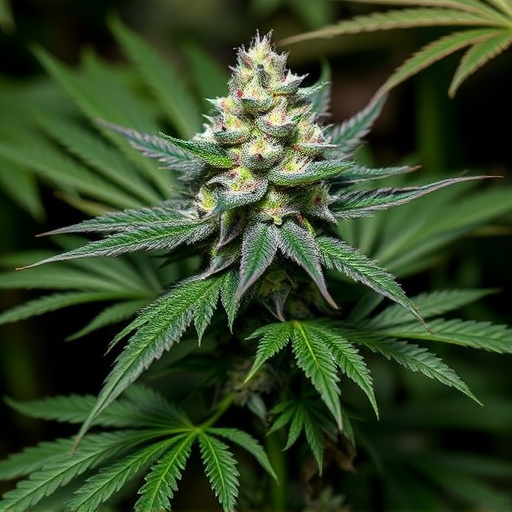
Terpenes are a diverse group of organic compounds that contribute significantly to the unique aroma, flavor, and therapeutic effects associated with cannabis. These aromatic molecules are produced by various plants, including cannabis, and play a crucial role in shaping the overall user experience. When present in cannabis, terpenes interact synergistically with cannabinoids like THC and CBD, creating what is often referred to as the “entourage effect.” This complex interaction enhances or modifies the way these compounds affect the body and mind, resulting in diverse experiences that cater to different preferences among users of the best cannabis strains in the world.
The influence of terpenes extends beyond sensory appeal. Different terpenes are linked to specific effects; for instance, myrcene is known for its sedative properties, contributing to feelings of relaxation and sleepiness, while limonene offers a more uplifting and energizing experience. This diverse range of effects allows users to choose strains tailored to their desired outcomes, be it pain relief, stress reduction, or simply enjoying the complex flavors and aromas of high-quality cannabis.
In conclusion, the quality of weed is a multifaceted consideration, with cannabis genetics and terpene profiles playing pivotal roles. Understanding these components helps cultivate some of the best cannabis strains in the world, ensuring exceptional aroma, flavor, and effects. By recognizing the intricate interplay between nature’s design and human cultivation techniques, we can continually enhance and appreciate the diverse offerings of this remarkable plant.



